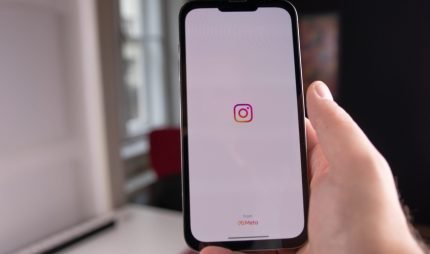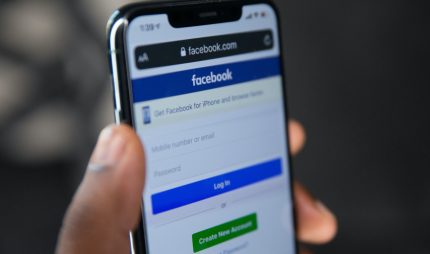The Covid-19 pandemic is by no means over, least of all in the Los Angeles area where our offices are located. But vaccine distribution is well underway and the Biden administration has speculated that there may be shots available for everyone by as early as May. Although it will still take some time for life to get back to normal, it’s safe to say there’s a light on the horizon.
Still, it’s worth wondering exactly what “normal” means, at least with regard to your professional life and the digital marketing strategies you used to promote your business before the world changed. Even if you have a clear answer to that question, it’s also worth wondering how plausible a return to normalcy is, how long it will take, and how fully you want to commit to it.
The past year has been difficult for everyone, but one of the things that helps alleviate the pain of a serious rough patch is the belief that you’ve learned something by getting through it. Now that people are starting to have the opportunity to look past the goals of mere personal and professional survival, it may be time for you to think about how you can apply some of the past year’s lessons to more lucrative business operations or more effective digital marketing strategies.
Maybe you’re one of the lucky few for whom the pandemic actually presented opportunities for professional growth. Obviously, there’s no reason to reverse the past year’s changes now.
But even if the pandemic coincided with a serious downturn for you, you probably adjusted your business plan or your marketing strategies accordingly. And if you’re reading this now, it’s likely that your business survived long enough for you to try getting back what you’ve lost. If that’s your situation, we’d advise you to not be too hasty about going back to the way things were. Although normalcy is the goal that we’ve all had in mind since last March, it might be a better idea to focus on seizing new opportunities even if they look dramatically different from old ones.
This is all a long way of saying that even if Covid-19 goes away forever, there’s still a chance it has changed things for the foreseeable future. This won’t be equally true for all businesses and all marketing strategies, but the adjustments that some companies made will surely remain useful as consumers pick and choose which of their pandemic habits to discard and which ones to hold onto.
You’ll have to defer to your customers in that regard, and then you’ll have to make corresponding decisions on your own, or in collaboration with your web service provider. In the meantime, though, you and your colleagues can ask yourselves a series of questions and develop the frameworks for strategic plans that might help you to effectively capitalize on the “new normal,” whatever that may be.
How Has My Business Changed?
The first question you should ask is about your own business operations, sales, marketing strategies, and so on. Take an objective look at the ways in which you adapted to the pandemic and assess whether the global crisis actually turned out to be the thing that pushed you to dispense with outmoded habits and experiment with new ways of doing things.
The changes that you made didn’t have to result in an improvement over your pre-pandemic success in order to show themselves as valuable. They just had to bring you more sales and better brand exposure than you would have received during the downturn if you’d kept on with business as usual.
Obviously, that can be very difficult to assess, since there’s no way of conclusively deciding how things would have gone in a completely different situation. But you can develop a pretty good idea about your level of success if, say, you have a conversation with third-party collaborators whom you can trust to assess how your marketing strategies and stack up against the ones employed by their fellow clients during the same period.
If your story seems like a success story, then it might point the way to strategies and practices that will help you through the forthcoming recovery and put you in a good position to adapt to any changes that become permanent in the market.
How Has the Market Changed?
Speaking of the market, it’s important to keep in mind that the past year’s changes were as discomforting to partner companies and to average consumers as they were to your business.
If those partners are smart, they’re going to be running the same post-pandemic analyses as you are, and they may come to similar conclusions about how things can stand to change over the long term. If the conditions of the downturn caused one of those partnerships to fade into the background and you’re trying to reestablish it now, you should be prepared for yet another period of adjustment and you figure out how to make two adaptive models work together.
The same basic phenomenon may apply to customers you are trying to win back, as well as customers you are trying to retain. Some people will be going back to work for the first time in months and will be eager to resume prior spending habits, but it’s still possible that the pandemic has transformed their way of actually shopping and engaging with their favored businesses.
Ecommerce was already on the rise before Covid-19 started changing our way of life, and the trend dramatically accelerated afterward. The effects were seen not only with retail stores but also with restaurants, and for all the people who want to rush back out to do things in person there are sure to be others who have grown to recognize lasting appeal in takeout and online ordering.
This is only the most obvious example of plague-year-adjustments that will have lasting effects, but it goes to show that in the months and perhaps years to come, your marketing strategies will need to continue to take into account the dual pressures of returning to the old normal and adapting, permanently, to the new.



